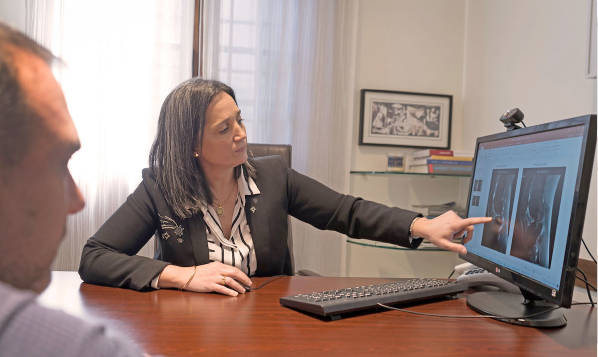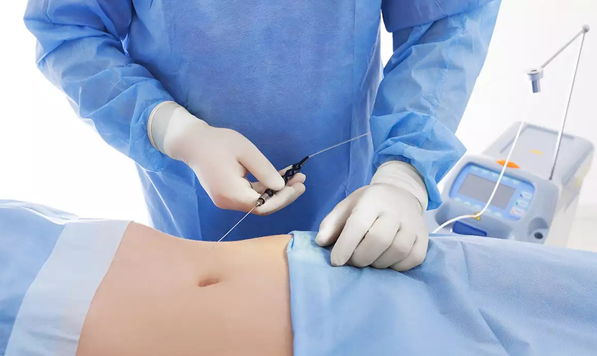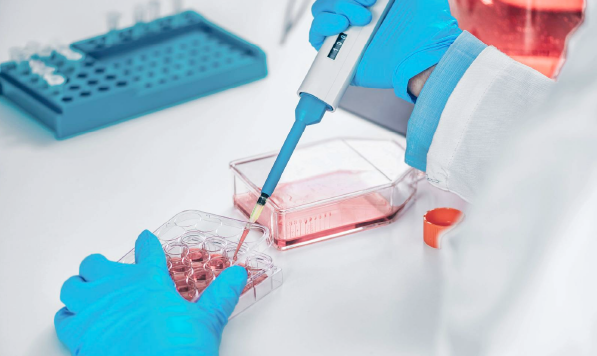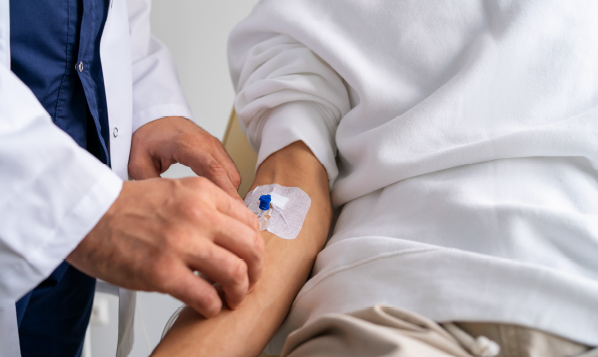The heart muscle may show signs of wear and tear associated with age or overload conditions, such as chronic hypertension. This deterioration translates into a progressive loss of muscle contractile strength, and if the compromise in muscle contraction is significant, it will result in clinical symptoms associated with heart failure. Damage to the heart muscle can also lead to the development of arrhythmias, such as atrial fibrillation.Early detection of such issues through regular monitoring enables the implementation of proactive strategies to mitigate the clinical impact.The administration of new cells that are prepared to integrate with the cardiac muscle facilitates effective remodeling, thereby enhancing and preserving the structure of the cardiac muscle.
The presence of clinical signs associated with impaired heart function indicates significant structural damage. Indications of heart muscle involvement may include lower limb swelling, palpitations, breathlessness, cognitive impairment and fatigue.
The medical examination includes different tests that check how the heart looks and how it works (e.g. MRI, echocardiogram, heart scan).

Two types of cells are needed for the treatment: stem cells and tissue-specific effector lymphocytes. The stem cells are extracted from subcutaneous fat, which is done by performing a micro liposuction procedure that only needs local anesthesia. Immune cells are obtained from the patient's peripheral blood.

The collected fat is processed to isolate and expand the stem cells. The combination of the stem cells and the tissue specific effector lymphocytes facilitates the pre differentiation of the stem cells into the specific cells that the tissue needs to repair the damage.

The pre-differentiated stem cells, in conjunction with tissue-specific lymphocytes, are administered intravenously. At least three cell treatments are needed during the first 6 months. Patients typically report feeling more fatigued than usual on the day of the infusion and may also experience low-grade fever during the night and flu-like symptoms.


In treated patients, signs of improvement in muscle contraction strength and the structure of the heart cavities have been observed, which can be assessed by ultrasound or magnetic resonance imaging.
Our Therapy offers a range of benefits, including its minimally invasive nature, rapid recovery time, and potential to support the body’s natural healing processes. By utilizing the patient’s own regenerative cells, this treatment promotes tissue repair and may help reduce pain and inflammation in the affected joint.
Say goodbye to joint discomfort and hello to renewed mobility with Moviglia Method. Our experienced team is ready to guide you every step of the way, helping you achieve lasting relief and a better quality of life.
